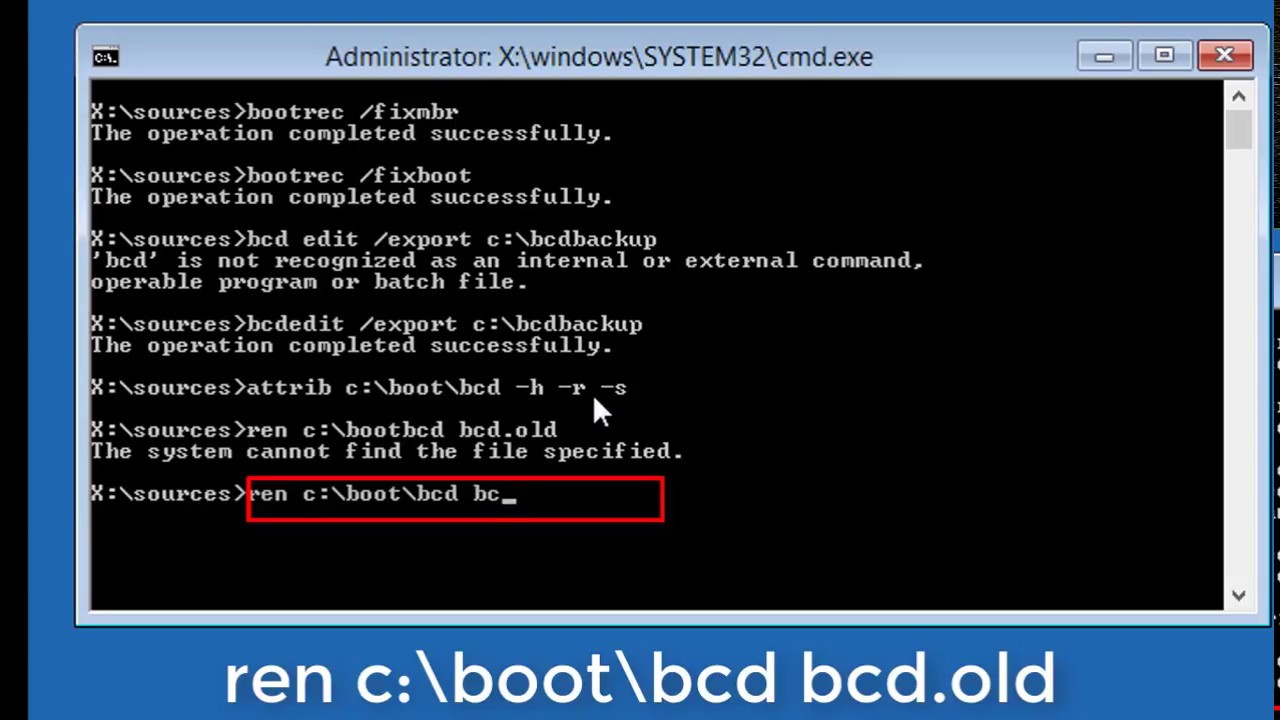

The operating system cannot start if you did not clone that partition in the process of data migration. As mentioned before, the BOOTMGR mostly locates in System Reserved partition. Some partition missed during the cloning. In a nutshell, several causes account for why operating system cannot boot and pops out the “BOOTMGR is missing” error. Then, why would this error occurs? Why you get Samsung SSD BOOTMGR is missing error? In a few cases, the error appears just after Windows startup. Mostly, it happens after cloning from one disk to another. Actually, it is not a rare problem occurs in Windows 10, Windows 8 or Windows XP.

Similar return message would be: BOOTMGR is missing. It is a case about Samsung SSD 840 BOOTMGR is missing in Windows 7. What is the problem? How can I get Windows successfully boot from Samsung SSD?” Did as suggested, but the same screen comes again. However, when I select the cloned Samsung SSD in BIOS to boot, it prompts: BOOTMGR is missing. Performed data migration with Samsung Data Migration software and it completes successfully. “I purchased a Samsung SSD 840 EVO and would like to move my Windows 7 copy from the hard disk drive to the SSD. BOOTMGR works closely with Windows Boot Configuration Data (BCD) as well. BOOTMGR eventually executes winload.exe the system loader used to continue the Windows boot process. The function of BOOTMGR is to assist Windows operating system booting. Usually, the partition that contains the BOOTMGR is System Reserved partition and does not have a drive letter. The BOOTMGR file is set as read-only and hidden, so that it won’t be deleted accidentally. Windows Boot Manager, also known as BOOTMGR, is a kind of small program that locates in the root directory of the partition marked as Active in Disk Management.


 0 kommentar(er)
0 kommentar(er)
